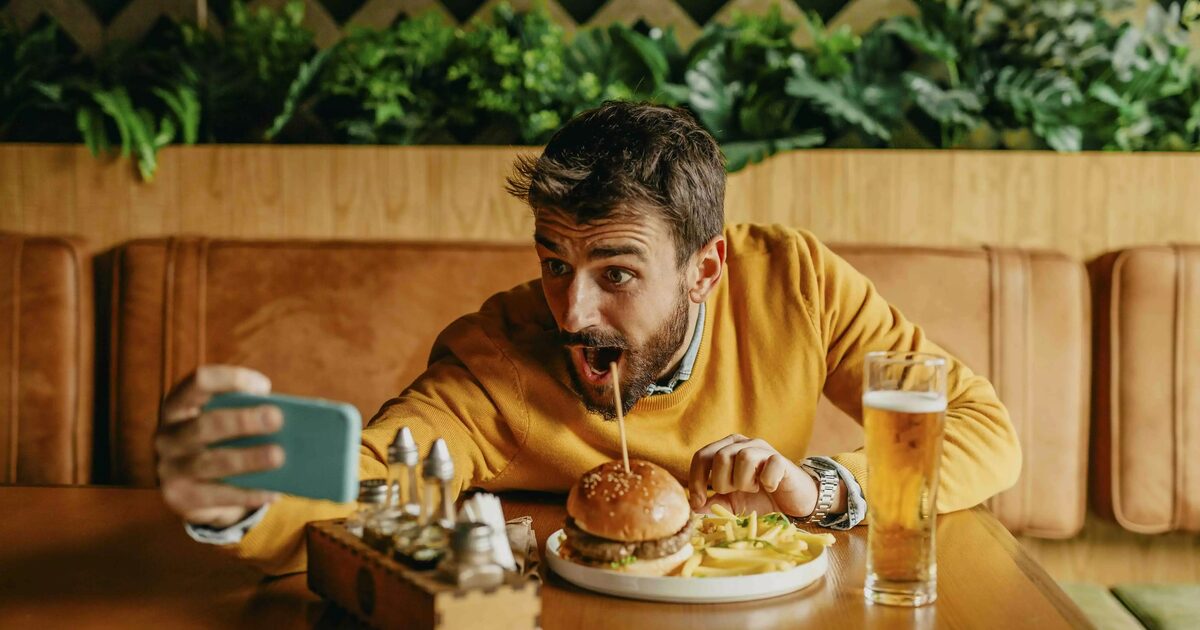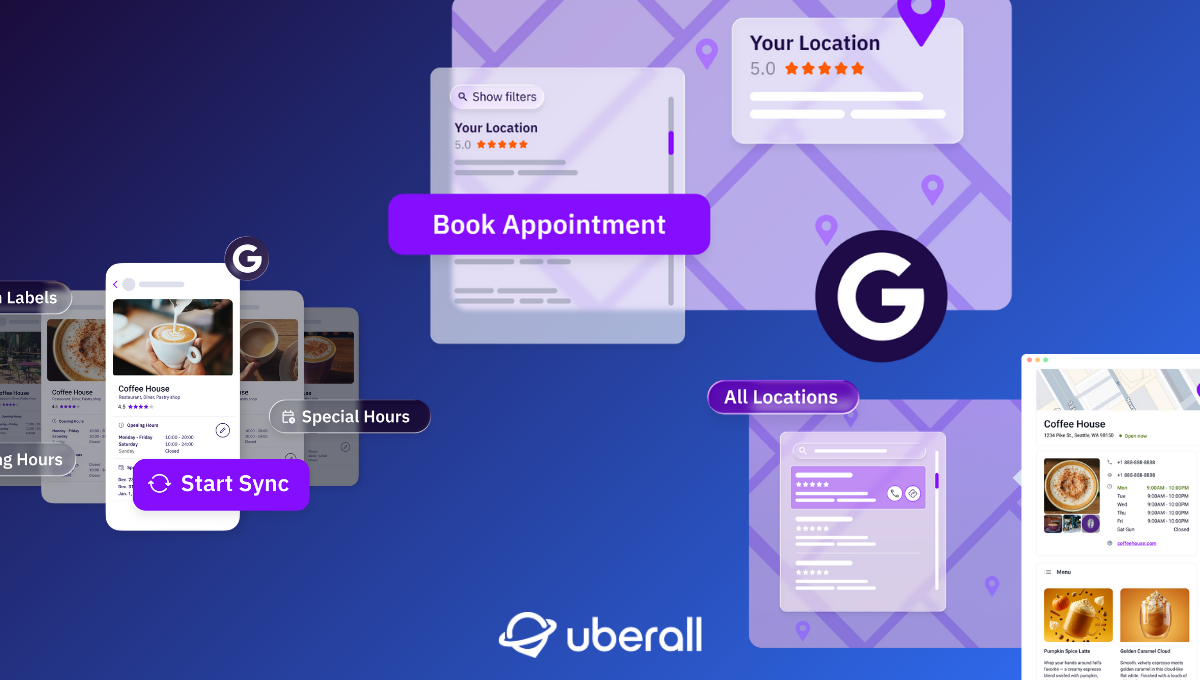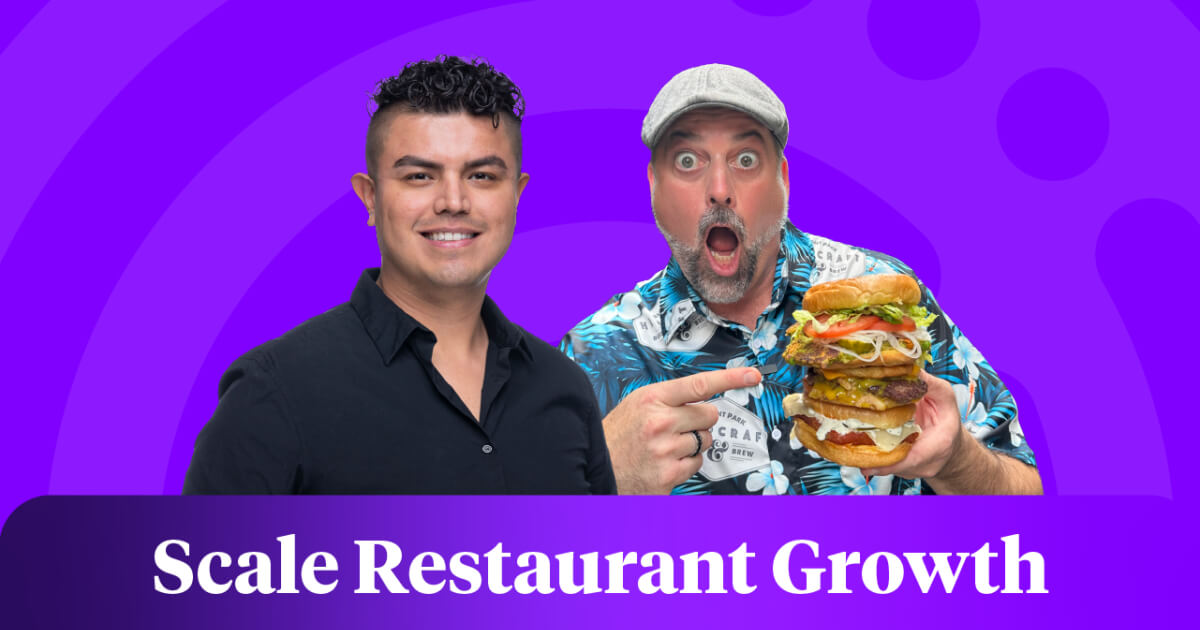
All You Need to Know about Social Media for Restaurants
With increased competition, the hospitality industry requires nimble restaurant marketers. Engage more by localizing your organic and paid social media!
The post-pandemic world added even more competition to the digital marketing landscape, a reality that hit especially hard for hospitality. Restaurants now compete not only with other places to sit and eat, but a plethora of home delivery services, recipe boxes, and any number of ways to get food to customers.
Yet on the whole, hospitality continues to recover from financial crises and t pandemic. In the UK alone, the number of restaurants and mobile food service enterprises rose from just over 63,000 in 2008 to more than 100,000 in 2022. Operators may grapple with escalating costs and economic uncertainties, with more than 4,500 sites forecast to vanish by 2026, but those expanding the fastest include chain restaurants that “chart a course of resilience through strategic mergers and menu diversification”, says Lumina Intelligence.
With this backdrop of competition and uncertainty, restaurant marketers should seek nimble strategies to capitalize on fickle trends. And the best way to stay on your toes with digital marketing in hospitality? Social media for restaurants offers low barriers to entry, high possibilities for engagement, and consumers expect quick pivots as the norm.
The Big Picture: Digital Marketing for Restaurants
First and foremost, restaurants need to create local business listings. Appearing in online directories empowers your location to appear not only in more local searches, but also higher on the search engine results page. This puts your restaurant brand in front of more potential customers, not to mention more quickly.
In the same vein, remember that you can give your customers direct access to your menu from Google search or maps. Google may even use menu items or signature dishes as keywords, while adding your menu may also remove consumer doubts by showing them whether your offerings fit their needs.
In fact, local SEO tactics like listings and an accurate Google Business Profile can boost your brand’s authority on multiple levels that influence search rankings. But once you've optimized your GBP, it's time to shift your focus to social media profiles.
How Can Restaurants Leverage Social Media Marketing?
The restaurant industry sits in a prime position to translate social leads into sales. Think about what a potential customer does when trying to choose a restaurant:
- look at a restaurant’s reviews on Yelp or TripAdvisor
- check Instagram or TikTok for views of the food or the interior
- scan Facebook to see if any connections liked the place
- tap their social feeds for recommendations
However, these hyperlocal and personal connections make approaching social media for restaurants quite tricky for multi-location marketers.
To cover their bases, some restaurants opt for social media marketing with a one size fits all approach: one asset, one post, repeated across all platforms. But the danger here lies in the ways different social media deploy increasingly different algorithms and methods for attracting limited audiences. The recent fragmentation of the user base from X/Twitter also continues to dilute organic social media marketing, as audiences who used to share their everyday thoughts on that platform are scattered across multiple replacement platforms.
But let’s look closer at the platforms and strategies that can enhance visibility and accessibility for restaurants, whether a local mom and pop, QSR, or fine dining
The Most Important Social Media Channels for Restaurants
Beyond essential digital marketing strategies like proper listings management lies the widening expanse of social media sites, with potential customers on most of them. And did you know that social media channels indirectly impact local SEO? That may even turn into a direct relationship, with Google beginning to integrate social posts into Google Business Profiles, so this represents a key area of focus for a successful local digital marketing plan.
Toast recently found 67% of restaurants plan to pay for social media ads, with Meta’s Facebook (91%) and Instagram (78%) their most likely platforms of choice. Yes, Facebook is still relevant for digital marketing as it dominates the world of social media on a global level as the third-most visited website after Google and YouTube. Meta’s second platform, Instagram, is close behind, too; not to mention the staying power of WhatsApp.
Facebook Feasts: From Browsers to Bookings
Meta’s core products served almost 4 billion users during the fourth quarter of 2023 with around 55% of Facebook users visiting the platform as their primary hub for researching brands. Also, a whopping two-thirds of all users explore local business pages at least once a week.
To make the most of Facebook when planning social media for restaurants, ensure to make your profile a publicly available Facebook Page, so users can discover and engage with your business. Likewise, weigh the steady potential of using Facebook Messenger to chat directly with your customers, as well as the ability to add call to action buttons, such as bookings or orders from within the platform.
Instagram Eats: Snap, Share, Savor
At the same time, Instagram reigns as the king of food posts, with social media users showing off good times in local establishments, so make sure to stay active there and appreciate consumers’ posts by engaging, and fishing for user-generated content.
If you can manage video-based social media, the same goes for TikTok, too. Make sure you have the resources to maximize the potentials of your social media marketing: only commit to the platforms with the most relevant reach, where you can interact with your target audience.
Paid vs. Organic Social
Note the distinct differences between the organic posts you create and share from your own account, and those social ads that you back with campaign spend. Early in 2023, social media overtook paid search as an advertising channel, growing at a rate of 25% YoY. So social ads remain a top priority for local marketers looking to increase their reach and optimize ROI.
Paid social ads can build stronger connections with those people most likely to become customers, provided you share authentic, locally-relevant content. Experts say you should ensure the locally relevant ads run for at least seven days to maximize their potential. Also remember to A/B test your creative, and track results, so you can hone in on what works.
Moreover, consider hypertargeted social ads to generate higher engagement at lower ad costs alongside less operational effort, given their advantage of 2 or 3 times greater success rates for driving conversions when compared to broader national campaigns.
Hyperlocal Social Media Marketing
The concept of hyperlocal marketing, or dialing in highly specific audiences within defined geographic areas, may prove more important than any other element of social media marketing strategy for restaurants. Engaging with consumers in close proximity to the business creates space to craft tailored messages that speak to their needs at the right time.
When opting for that carefully-honed message aimed at a specific neighborhood, restaurants can leverage the power of local knowledge and community engagement. You need deep-dive research into specific demographics, interests, and geographies to make the most of hyperlocal social media marketing, but that precision can bring increased engagement and conversions. Also, utilize geo-targeting features that come with more powerful social media management tools to maximize your potential for increased reach.
The Metrics That Matter for Social Media Management
To hone your social media presence further, you need relevant KPIs and usable data. A data-driven strategy ensures you stay on top of things and avoid overwhelming information flows. Make sure you define your objectives with a strong understanding of your audience in order to identify the most relevant metrics for measuring success, whether engagement rates, click-through rates, conversion rates, or overall customer acquisition cost.
Restaurants can harness social media marketing data to find untapped audiences, especially through personalization at the local level, to encourage discovery. Each social media platform deploys its own metrics and management tools, so maintaining all of them for multiple local campaigns can consume all too much time to consult each separately.
An all-in-one social media management dashboard can ease that load, all while enabling improved control of your brand.
Social Media Management for Building Customer Relationships
Perhaps the most important feature of social media for restaurants, fostering conversations with and among customers—by participating, engaging, and sharing content—allows your restaurant to become part of a local community, both online and offline.
To achieve that level of relationship, you need to monitor your social media marketing efforts, and closely, so you can respond to customers when and where they post. This means more than mere promotion; social media marketing involves responding directly to reviews, both good and bad, and making use of interactive features, such as high-quality chatbots.
Engage more customers on the channels that matter by localizing your organic and paid social media efforts through tools like Uberall Social. This social media management platform expands your capabilities to own and scale social marketing with ease. Increase your brand’s efficiency across multilocation businesses with integrated tools, including:
- publishing calendars
- brand-led templates
- advanced template search
- image editor,
- unified inbox
- simplified workflows
Get in touch and request a demo to see how Uberall enables improved control over social media for restaurants.
Ready to Transform Your Business?
Connect with our partnership team to learn how Uberall can help you achieve similar results. Get a personalized consultation and discover the opportunities waiting for your business.
Resources











